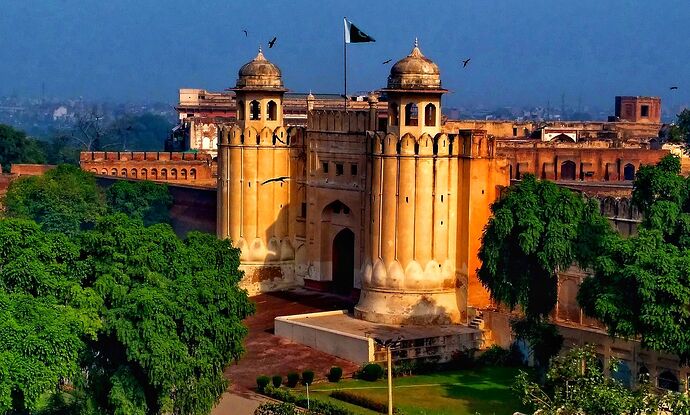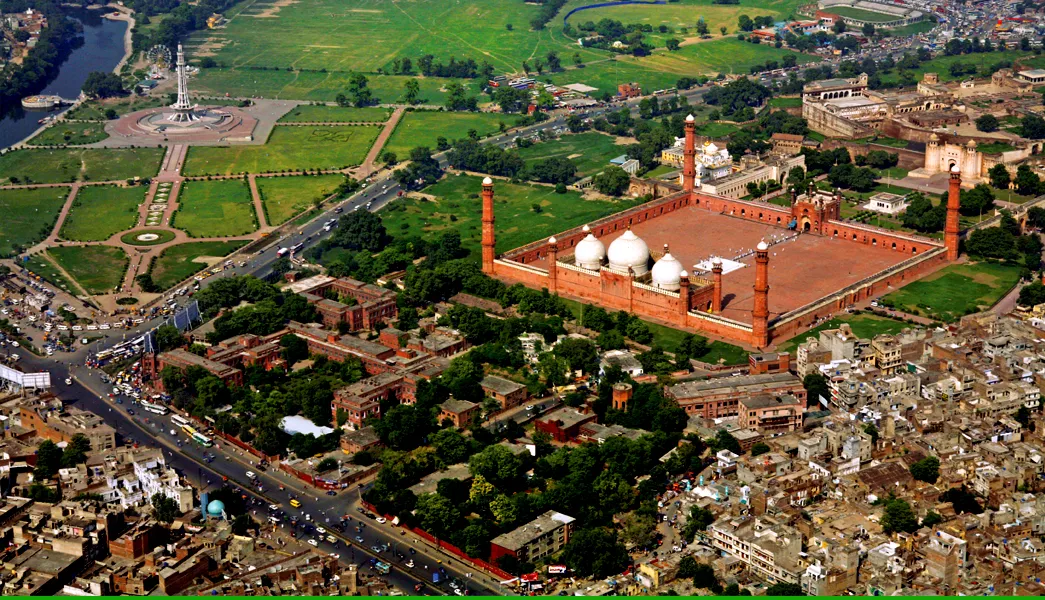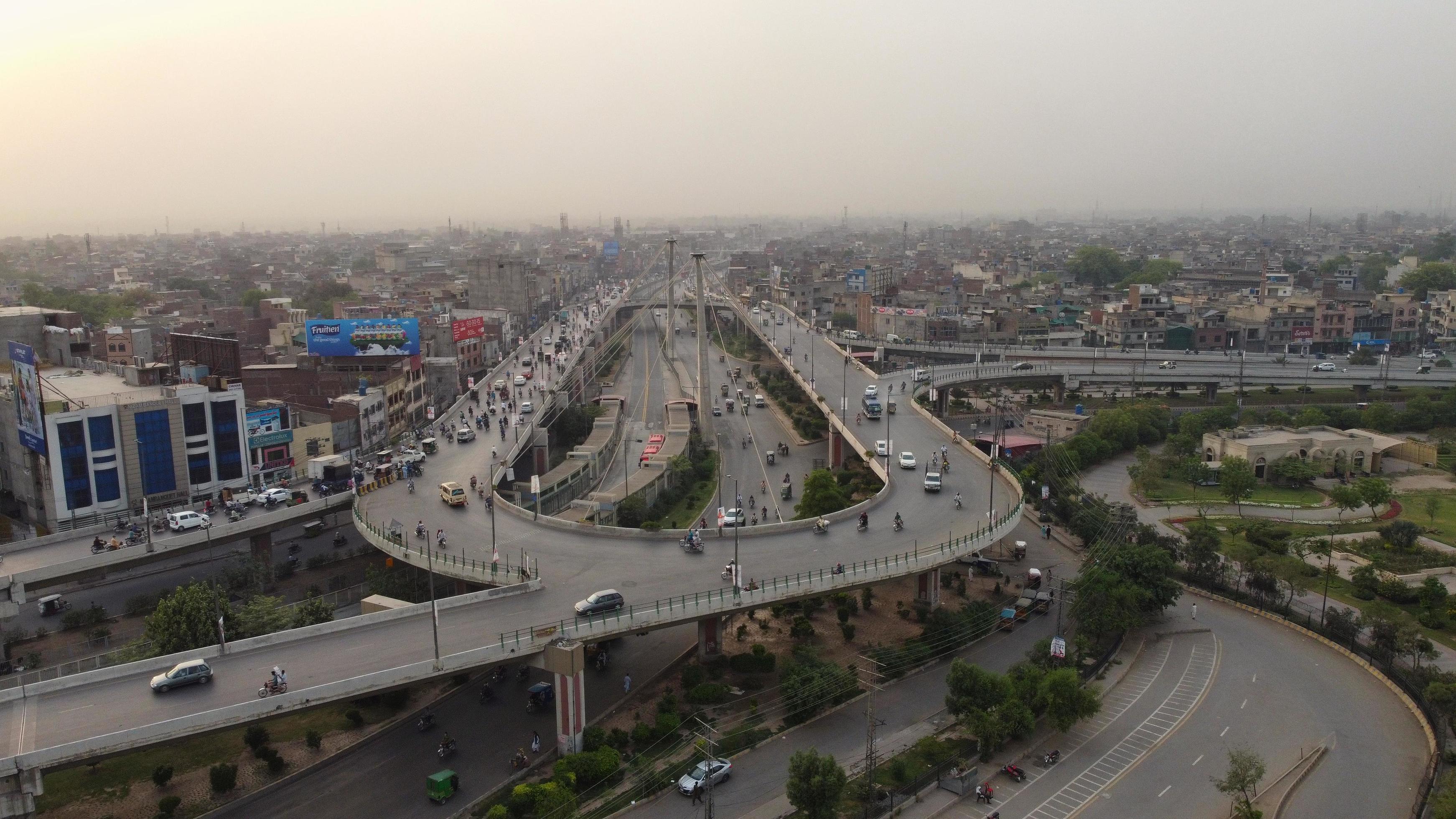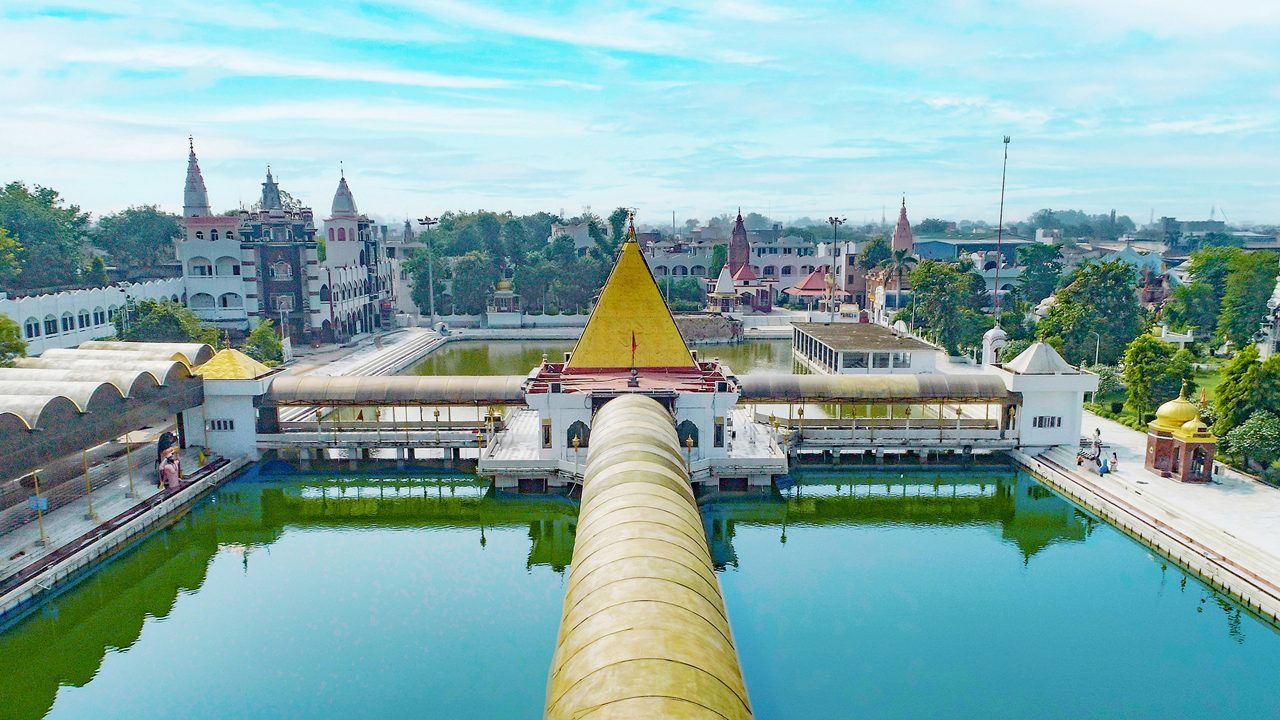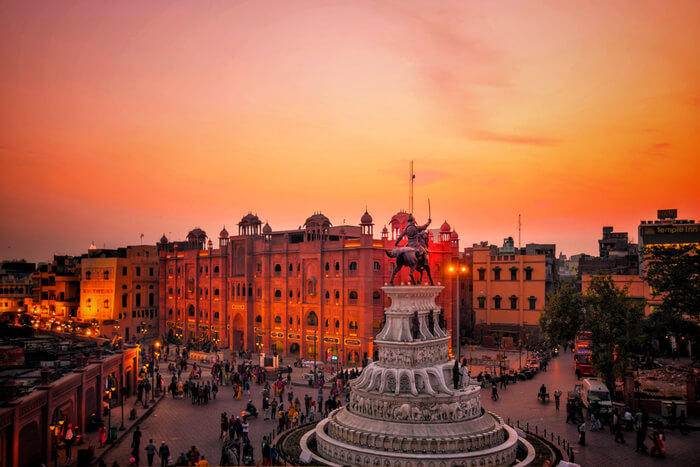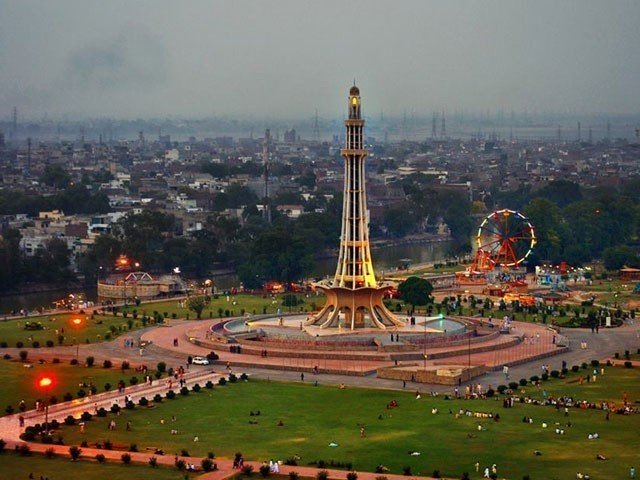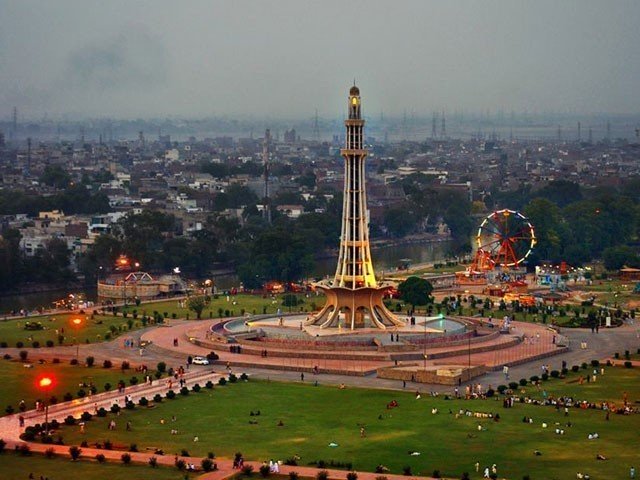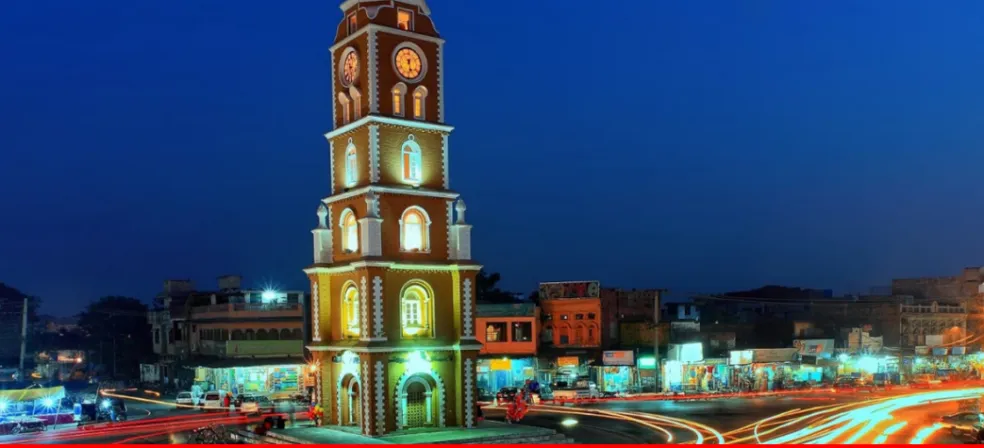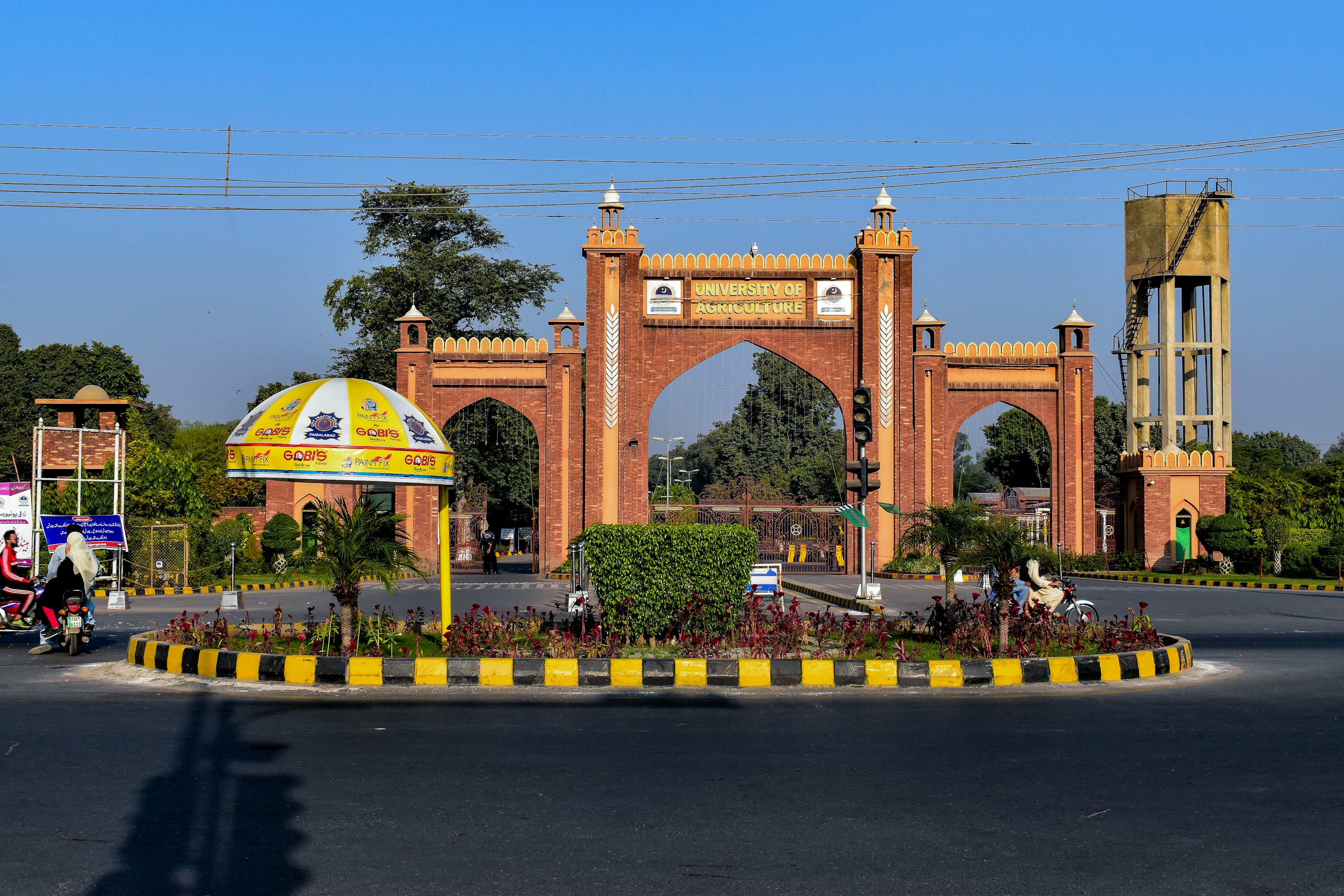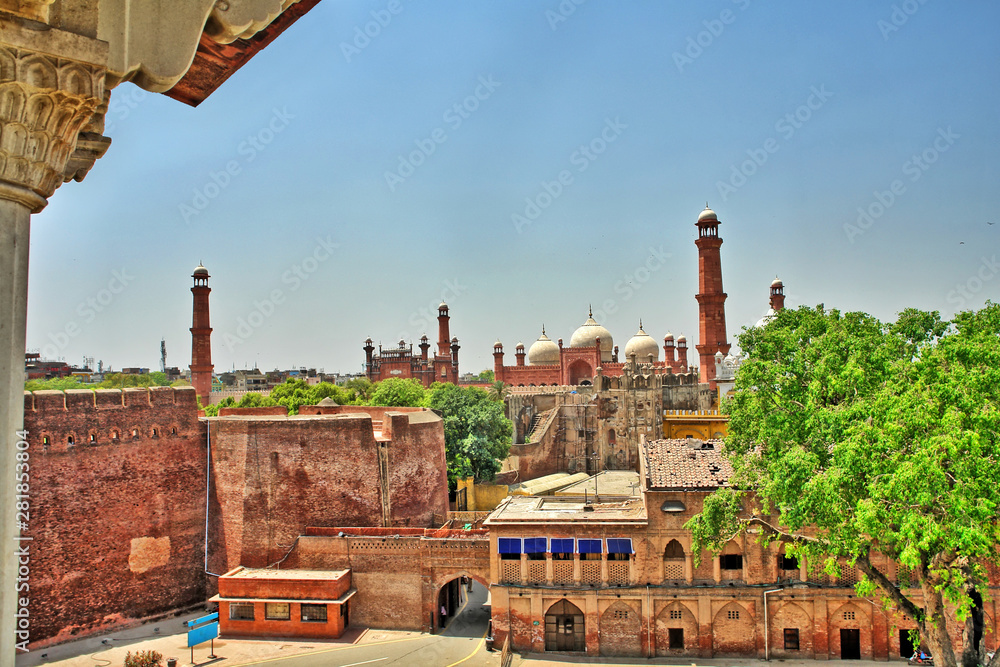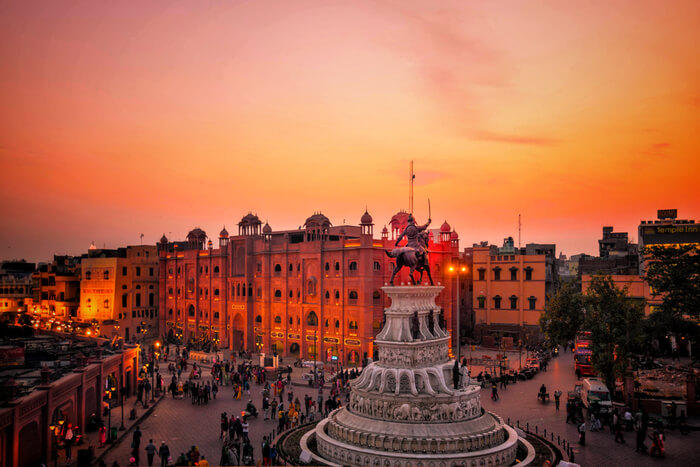
About the Punjab
The Heart of Culture, History, and Prosperity
Punjab, often referred to as the “Land of Five Rivers,” is one of the most vibrant and historically significant regions in South Asia. It encompasses a vast landscape of fertile plains, rich cultural traditions, and a deep history that stretches back millennia. Known for its agriculture, distinctive cultural identity, and importance as a political and economic hub, Punjab is not just a city—it is a region that represents the very soul of South Asian civilization.
Historically, Punjab has been a center of empires, trade routes, and cultural exchange. It is a place where civilizations have risen and fallen, leaving behind a legacy that influences the present day. From the Indus Valley Civilization to the rise of the Sikh Empire, Punjab has always been at the crossroads of various cultures, ideas, and religions.
Today, the Punjab region is divided into two parts—Indian Punjab and Pakistani Punjab. The Indian side includes cities like Amritsar, Ludhiana, and Chandigarh, while the Pakistani side features Lahore, Multan, Rawalpindi, and Faisalabad, among others. Despite the political division, the cultural, historical, and economic significance of Punjab as a region remains undivided, with the shared heritage that transcends borders.
This article will explore the heart of Punjab—its cities, its people, its culture, and its role in shaping the history and future of South Asia. We will examine the geography, history, economic developments, and cultural heritage that make Punjab a unique and important part of the world.
Geography and Climate of Punjab
Punjab’s geography is as diverse as its culture. The region is located in the northwestern part of the Indian subcontinent and is shared by both India and Pakistan. The name Punjab itself is derived from the Persian words ‘Panj’ (five) and ‘Aab’ (water), referring to the five major rivers that flow through the region: the Jhelum, Chenab, Ravi, Beas, and Sutlej.
The land of Punjab is primarily composed of fertile alluvial plains, enriched by the water of these rivers. The region is historically known for its extensive agriculture, making it one of the most productive farming areas in South Asia. The soil, nourished by the annual floods and irrigation from the rivers, supports the growth of a wide variety of crops, including wheat, rice, cotton, sugarcane, and fruits like mangoes and citrus.
Punjab’s climate is characterized by hot summers, moderate winters, and a distinct monsoon season. Summer temperatures often soar above 40°C (104°F), while winters are milder, with temperatures dropping to around 4°C (39°F). The region also experiences heavy rainfall during the monsoon, which usually begins in June and lasts until September.
Punjab’s geographical location has made it a strategic hub for trade and cultural exchange for centuries. Its proximity to the northwestern passes also made it a crucial area for military campaigns and the movement of conquerors throughout history, including the Persian, Greek, and Mughal empires.
Historical Overview of Punjab
Punjab’s history spans thousands of years, from the earliest settlements of the Indus Valley Civilization to its modern-day status as one of the most significant cultural and economic regions in South Asia. The history of Punjab is rich and complex, shaped by numerous empires, invasions, and dynasties.
The Indus Valley Civilization
The history of Punjab begins with the Indus Valley Civilization, one of the world’s oldest urban cultures. Cities such as Harappa and Mohenjo-Daro, which lie within modern-day Pakistan’s Punjab, were part of this civilization. The Indus Valley was known for its advanced urban planning, well-organized streets, and sophisticated drainage systems. The civilization thrived around 2500 BCE and was one of the earliest centers of trade, agriculture, and craft production in the world.
The decline of the Indus Valley Civilization around 1900 BCE left a vacuum, which would later be filled by Aryan migrations from Central Asia. This marked the beginning of the Vedic period in South Asia and the introduction of Hinduism to the region.
The Maurya and Gupta Empires
In the centuries that followed, Punjab witnessed the rise and fall of numerous empires, including the Maurya Empire, founded by Chandragupta Maurya in the 4th century BCE. Under the rule of Ashoka the Great, the Mauryas consolidated their control over much of South Asia, including Punjab. Ashoka’s reign is especially notable for the spread of Buddhism, which became an important influence in the region.
The Gupta Empire, which emerged in the 4th century CE, also left a lasting mark on Punjab. Known for its golden age of science, mathematics, art, and literature, the Gupta period saw the flourishing of cultural and intellectual achievements in Punjab and the surrounding areas.
The Islamic Invasions and the Delhi Sultanate
The history of Punjab took a significant turn with the arrival of Islamic invaders from Central Asia. In the 11th century, Mahmud of Ghazni led several raids into Punjab, marking the beginning of Islamic influence in the region. This was followed by the establishment of the Delhi Sultanate in the 13th century, which brought Punjab under Muslim rule.
The Delhi Sultanate introduced new architectural styles, art, and culture, and Islamic teachings began to take root in Punjab. The subsequent Mughal Empire, which came to power in the 16th century, further consolidated Islamic culture and governance in Punjab. The Mughals built monumental structures, developed intricate gardens, and advanced the art of miniature painting, all of which left their mark on Punjab.
The Rise of Sikhism and the Sikh Empire
One of the most important chapters in Punjab’s history is the emergence of Sikhism. Founded in the 15th century by Guru Nanak, Sikhism became a powerful spiritual and social movement in Punjab. Over the next few centuries, the Sikh Gurus guided their followers through times of persecution and conflict, especially under the Mughal Empire.
The Sikh community eventually rose to political power under Maharaja Ranjit Singh in the early 19th century, who established the Sikh Empire. This period is often regarded as the golden age of Punjab, as Ranjit Singh’s empire controlled much of the northwestern subcontinent and was known for its military strength, cultural achievements, and religious tolerance.
However, after Ranjit Singh’s death in 1839, the British East India Company annexed the region, leading to the eventual British colonial rule over Punjab.
British Colonial Rule
Under British rule, Punjab played a central role in the colonial economy, particularly in agriculture and the military. The British established extensive canal irrigation systems, making the region one of the most productive agricultural areas in British India. However, British rule also brought hardships, including famines, economic exploitation, and political repression.
The 1947 partition of India marked a turning point in Punjab’s history. The province was divided along religious lines, with Eastern Punjab becoming part of India and Western Punjab becoming part of Pakistan. This partition led to massive population displacement, communal violence, and the loss of life. The legacy of partition continues to shape Punjab’s political and cultural identity today.
Address: 33، G-4 لاہور, 54000, Pakistan
